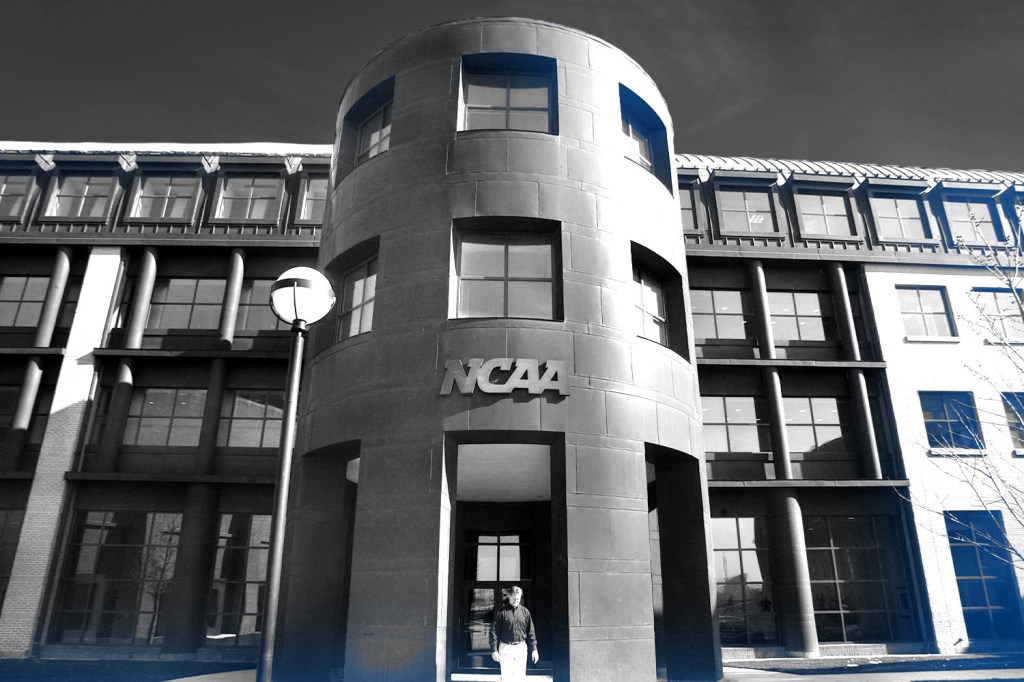Today, the NCAA membership is meeting during a virtual convention to discuss a draft of an entirely new constitution, released last week.
When the NCAA announced the convention this summer, it claimed it wanted to “rethink” college sports and modernize. But it’s also an attempt to make changes that would protect it from further legal scrutiny in the wake of the Alston decision.
The biggest change would be giving more power to divisions, conferences, and schools. But the NCAA almost can’t seem to give up on core principles, like amateurism, that the law and the public have questioned.
“How much does the NCAA want to go up against the courts? How much do they want to tempt fate in this regard?” Boise State law professor Sam Ehrlich told FOS. “Based on the draft, it seems like they’re very willing to do so.”
Holding on to Amateurism
By the second page of the draft, the NCAA already appears to be baiting a lawsuit.
The principle of amateurism has guided the NCAA’s business model for decades. The concept, which prohibits pay for play, was listed second in the draft’s principles only behind “the primacy of the academic experience.”
Athletes “may not be compensated by a member institution for participating in a sport,” the draft said.
It’s a bold move for the NCAA to put amateurism in writing because of the Alston decision, which found not only that education-related restrictions violated antitrust law, but also that other compensation limits could be illegal, too.
“It’s like playing chicken with the courts,” Ehrlich said.
The text might not be an antitrust violation in itself, Kennyhertz Perry sports attorney Mit Winter told FOS. But in future lawsuits, “this line would be great evidence for the plaintiffs to point to.”
Keeping ‘Student-Athlete’ Alive
The NCAA is putting an additional target on its back — in this case with the National Labor Relations Board — by continuing to use the phrase “student-athlete,” another tenet of amateurism.
The NCAA originally created the phrase to avoid giving athletes workers’ compensation benefits — classifying them as amateurs, not employees.
But in September, NLRB general counsel Jennifer Abruzzo released a memo saying that if a complaint is lodged against the NCAA, she’ll say “student-athlete” misclassifies some athletes who could be considered employees. A complaint was filed just last week, Bloomberg reported.
In the constitution draft, however, the athletes themselves insisted on using the phrase, according to Sportico.
It’s possible they have created their own associations with the label, Ehrlich said, or even agree with an “education-first model…especially outside of the revenue sports.”
But from a legal perspective, athletes might not understand the “potential significance of continuing to use that term,” Winter said.
Creating an NIL Loophole
The NCAA appeared to concede on one thing in the draft: the amount of control it has over NIL. Really, it just sets up a roundabout way to legislate NIL while hopefully shielding itself from lawsuits.
But even this reform could anger the courts.
The Alston decision suggested the NCAA could be subject to another antitrust suit if it sets association-wide NIL rules. So the draft asks that every division, conference, and school write and publish their own regulations.
The NCAA could make an argument that it’s legal for schools and conferences to set rules, Ehrlich said. But if a division tries to do so, the courts could see that as a problem. “I think that’s a gamble,” Ehrlich said.
The NCAA recognizes it has to both evolve and evade legal exposure. But it wants to ensure that its business model survives — and, clearly, that it can maintain as much control as possible.
At today’s Constitutional Convention, members will try to reconcile it all.
Tips? Comments? Reach out to Amanda Christovich at amanda@fos.company or on Twitter.



